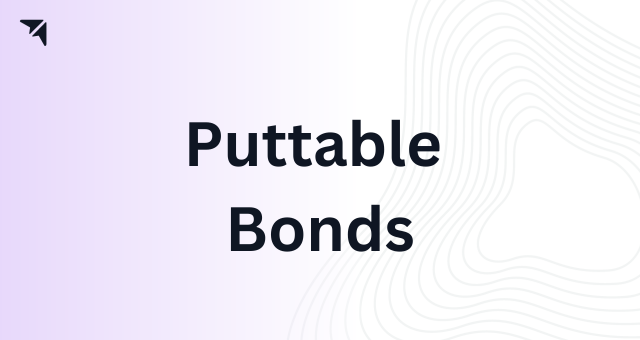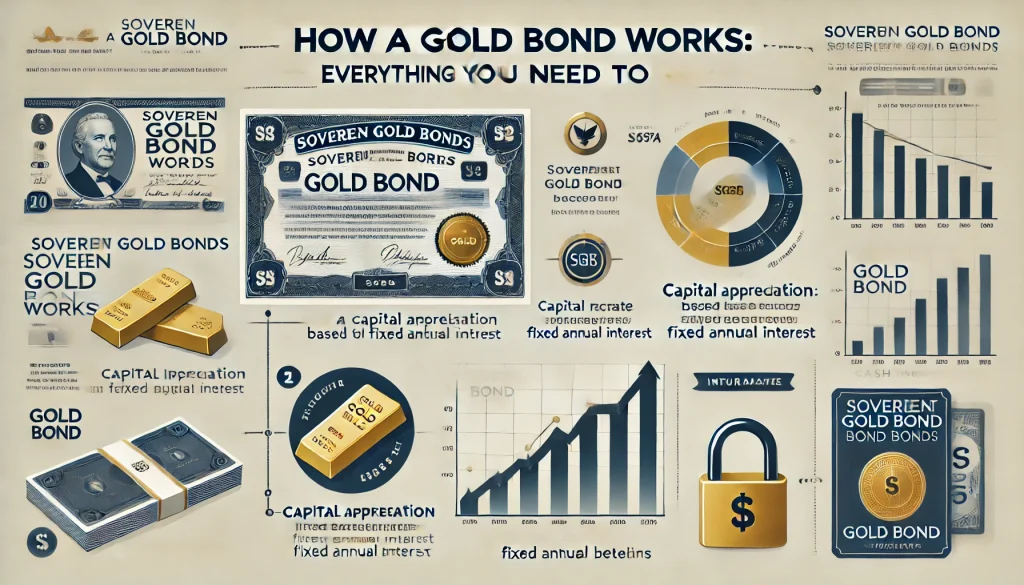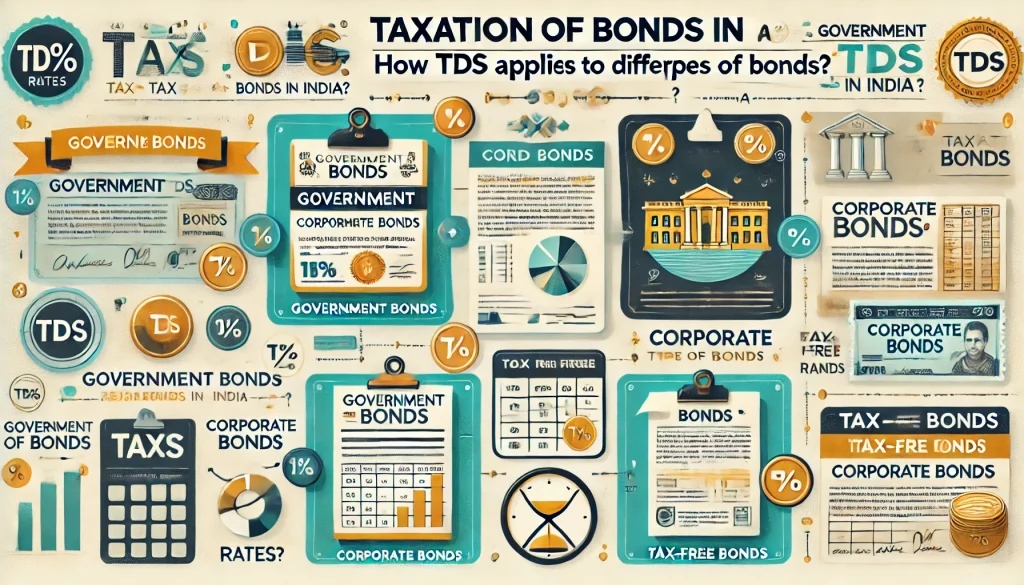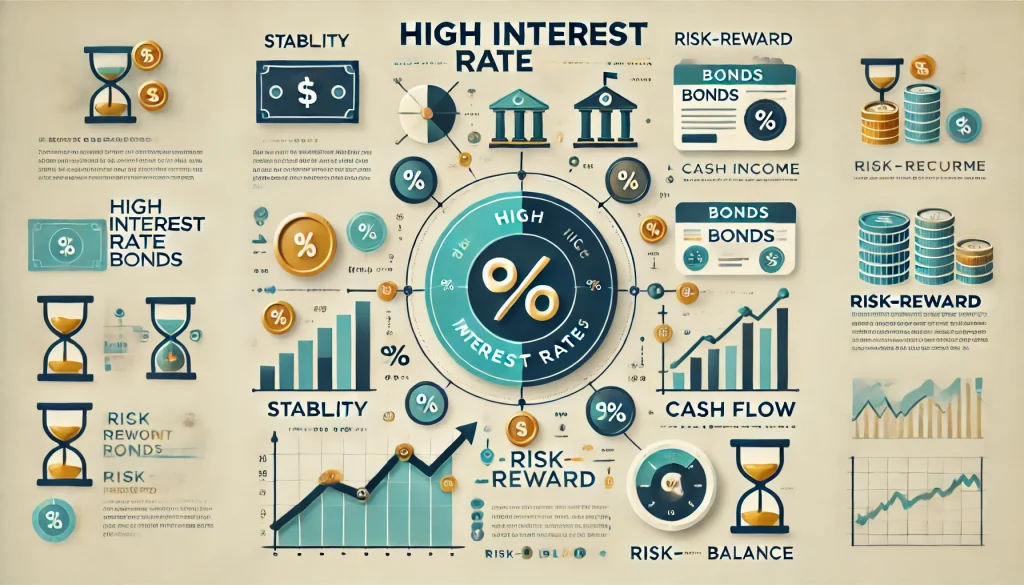
A puttable bond is a type of debt security that allows bondholders to request early principal repayment from an issuer. This embedded put option serves as an incentive for investors even though the bond offers lower yields. This option can be exercised based on specific events, conditions or predetermined times.
Learn more about how puttable bonds work, types, benefits, and drawbacks.
What are Puttable Bonds?
A bond with a put option allows investors to sell their holdings back to the issuer before it matures, usually at its face value. This option gives investors flexibility and allows them to exit the investment under specific conditions.
An embedded put option acts as an incentive for investors, allowing them to buy bonds with lower yields and offering protection against a potential rise in interest rates. In such cases, issuers can benefit from reduced debt costs by providing lesser yield.
Unlike callable bonds, where an issuer has the right to call the bond, puttable bonds give investors the right, but not the obligation, to force their issuer to call the bond before maturity. This feature distinguishes puttable bonds from other types of bonds.
How do Puttable Bonds Work?
Also known as put bonds, these bonds are an ideal investment option at times when the market interest rate rises, leading to a decrease in the value of the bonds. Issuers must buy back bonds at par, and investors can then opt for higher-yielding bonds through a process called a bond swap.
Here is a putable bond example to help you understand how it works in a clarified way:
XYZ Company issues puttable bonds with a face value of ₹200 and ten years to maturity. The coupon rate is 7.75% and the prevailing interest rate is 7%. These bonds come with a put option that investors can exercise after the first 5 years.
Once the first five years have passed, investors face a decision. If interest rates have risen, there is no incentive to hold the bond until maturity for investors. Instead, investors can choose to exercise a put option and receive the amount of their initial investment. These funds can then be reinvested in new bonds offering higher coupon rates.
Conversely, if interest rates remain stable or fall, investors are likely to hold bonds to maturity to maximise their returns.
Bond investors who accept lower bond yields with a put option do so because of the embedded put option, which allows investors to call the bonds. This reduced yield serves as compensation to the issuer for the extraordinary risk associated with potential early repayment. As a result, puttable bonds are priced slightly higher than other types of bonds.
Types of Puttable Bonds
Here are the three primary types of puttable bonds that you need to know.
1. Option Tether Bond
Collateralised by municipal or tax-exempt bonds, these bonds allow investors to get their issuers to redeem the bond at par before maturity and forgo future coupon payments.
2. Multi Maturity Bond
This bond has multiple maturity dates, allowing investors to exercise a put option based on market conditions.
3. Variable Rate Demand Obligation (VRDO)
VRDOs are bonds with funds payable on demand and interest rates linked to market rates. These are usually long-term municipal bonds.
How is a Puttable Bond Valued?
Estimating the fair value of a bond with a put option is a complex process due to the presence of an embedded put option.
The fair value of a bond with a put option is calculated as the sum of the present value (PV) of its future cash flows, including periodic interest payments and the par value at maturity (or specified put dates), and the value of the put option.
To determine the PV of a bond’s future cash flows, each expected coupon payment and the face value of the bond is discounted back to the present using the yield-to-maturity rate (YTM).
Calculating the value of a put option is the most challenging part of the valuation. This involves using an option pricing model such as the Black-Scholes model, which considers factors such as bond price, strike price, time to sell, risk-free rate (rf) and volatility. Even so, the opinions on this calculation can differ significantly.
The fair value of a bond with a put option is obtained by summing up the two components, which represent a combination of a traditional bond valuation and an estimated value of the option.
Advantages of Puttable Bonds
Here are some advantages of investing in puttable bonds:
- Flexible Investing: Bonds with options give bondholders the ability to sell their bonds back to issuers, providing access to investment capital and liquidity when needed.
- Higher Liquidity: Option bonds offer higher liquidity than callable bonds and traditional bonds due to the embedded put option, making them more liquid than stocks, but not as much as money market instruments.
- Risk Reduction: Bonds with options are suitable for moderate to conservative investors, protecting them against interest and credit risks. Bondholders can sell bonds back if they anticipate problems related to interest rates or credit.
- Inherent Price Floor: Bonds with options have a built-in price floor that ensures that the market price does not fall below a certain level. This feature makes them safer than high-yielding stocks and bonds, saving invested capital.
- Portfolio Diversification: Investing in bonds with options enables individuals to diversify their portfolios and mitigate the risks of aggressive investments. They add fixed-income assets for income-seeking investors.
Disadvantages of Puttable Bonds
Now that you know its benefits, you should also be aware of its drawbacks to make a well-informed investment decision:
- Lower Investment Returns: Puttable bonds offer lower coupons and yields than traditional and maturity bonds, making them unsuitable for investors seeking high returns or significant capital appreciation.
- Higher Investment Costs: Puttable bonds are more expensive due to the added value of the put option, making them more expensive than regular and callable bonds. Issuers charge more to compensate for the risk associated with an embedded put option.
- Liquidity and Default Risks: Investors face increased liquidity risk and credit risk for bonds with options because the issuers must have sufficient funds to redeem these bonds. Although bondholders can sell the bonds back to the issuers, redemption is not guaranteed leading to potential risks.
- Non-Guaranteed Put Option: The put option is an uncertain benefit. If an issuer is experiencing financial difficulties, it may lack the funds to repay the bonds with an option. In such cases, the put option loses value and prevents bondholders from liquidating their investments.
- Complex Valuation: The valuation of puttable bonds is complex due to uncertainties about the future cash flows caused by the put option. It requires sophisticated option pricing models such as the binomial model or the Black-Scholes model for accurate valuation.
Conclusion
Puttable bonds have a higher value than straight bonds due to the added benefit of a put option for investors. These bonds offer issuing companies a convenient route for debt financing with lower interest rates. At the same time, they reduce reinvestment risks for investors. Therefore, consider all benefits and drawbacks carefully as well as your financial standing before investing in puttable or option bonds.
FAQs
Bondholders can decide to sell the bonds back to their issuer either once during the tenure of the bond (for a one-time bond) or on several specified dates. Most investors generally do so when market interest rates rise.
Yes, puttable bonds come with interest rate risk. If interest rates rise after investing in a bond with an option and cause its value to fall, a bondholder has the option of forcing an issuer to repay the bond at its face value. This allows them to partially or fully recover their losses.
Yes, a bond can be both puttable and callable. There are certain types of bonds available in today’s financial landscape that serve as a hybrid of the two.
A callable bond allows an issuer to redeem it before maturity, with the call date being the earliest possible redemption date. Conversely, a bond with a put option allows the owner to redeem it before maturity, with the put date being the closest option to do so.


